
Animals, such as cows, can produce enough methane to impact our Earth's atmosphere. Now, researchers have found that another animal may do the same: the kangaroo.
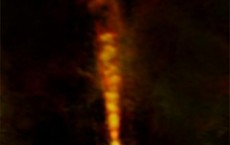
Scientists are getting a closer look at a cluster of young protostars. They've found that these young stars seem to develop in distinct, episodic bursts, similar to growth spurts.
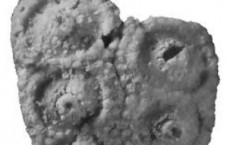
A fossil sea urchin is actually the oldest ever found. In fact, it pushes back a fork in its family tree by a staggering 10 million years.

Illegal pot farms may just be harming the rare, forest-dwelling fisher. Scientists have found that illegal marijuana farms in California are threatening this species.

Older women who increase their typical amount of sleep by more than two hours may be at a greater risk of type 2 diabetes, according to a recent study.

Contrary to previous recommendations, researchers have found that resistance activities, along with mild physical activities such as swimming and walking, can help pregnant women relieve symptoms related to pregnancy and improve overall sense of control.
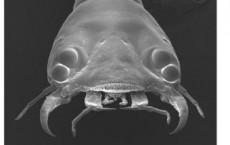
Scientists may be learning a bit more about bug eyesight. Researchers have examined how the complex eye system of the Sunburst Diving Beetle coordinates the development of its components.
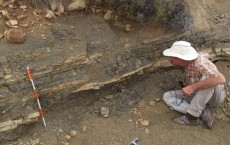
New evidence may rock long-held assumptions about a catastrophic mass extinction event that occurred 250 million years ago.

NASA researchers assumed they saw snow in space, and decided to examine it further.

Researchers have created a new night vision technology that can rival that from the movie, 'Predator.' The new development involves the use of graphene, which creates better and cheaper night vision devices.
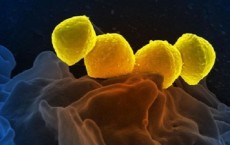
After nearly 100 years, scarlet fever may be making a comeback. Scientists have used genome sequencing techniques to investigate a rise in the incidence of this childhood disease.

Researchers have created a new low-cost battery that could help store renewable energy. The battery is made of magnesium and sodium, and it has the same energy density as lithium-ion batteries.